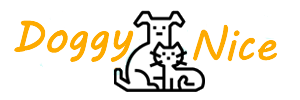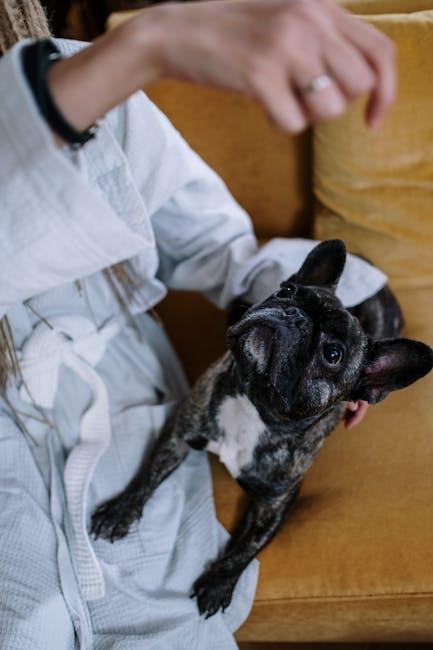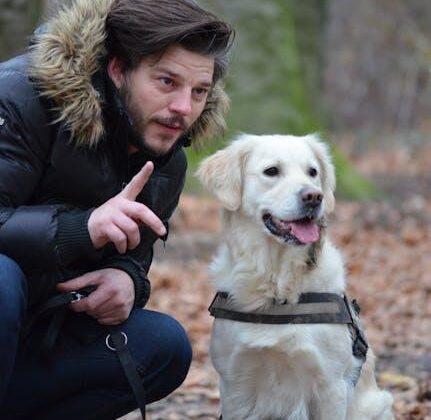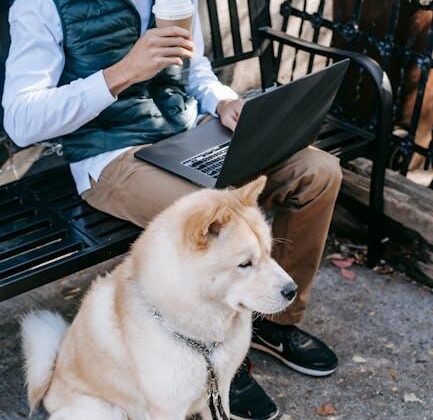Hey there,<a href="https://doggynice.com/unleash-the-fun-beginner-tips-for-training-your-dog/” title=”Unleash the Fun: Beginner Tips for Training Your Dog”>fellow dog lovers! 🐾 So,you've welcomed a new furry friend into your home,and now you're ready to embark on the exciting adventure of pup training. Whether you’ve got a feisty little furball or a calm cuddle buddy, mastering the art of training can set the stage for a harmonious life together. But let’s be honest—training at home can sometimes feel like a daunting task. Don't worry, though! We’ve got your back. In this article, we’re diving into some fun and effective tips that will help you navigate the world of puppy training with ease and confidence. Get ready to turn those “uh-ohs” into “yays!” as we unlock the secrets to raising a well-mannered pooch, right from the comfort of your living room. Let’s get started on this pawsome journey! 🐶✨
Understanding Your Pups Behavior for Better Training
Understanding your pup’s behavior is the cornerstone of effective training.Dogs communicate through body language and vocalizations, and recognizing thes cues can transform your training sessions. For example, if your dog is wagging their tail and has relaxed ears, thay are likely happy and receptive to learning. In contrast, a tucked tail or stiff body may signal fear or anxiety. Being attuned to these signals allows you to tailor your training methods to suit your pup’s emotional state,ensuring they feel safe and confident during learning. Remember, patience and consistency are key—if your pup is overwhelmed or disinterested, take a step back and adjust your approach.
To enhance your training, here are some common behaviors you might observe and how to interpret them:
- <strong.Barking: Can indicate excitement, a desire for attention, or an alert to something unusual.
- <strong.Pawing: Frequently enough a sign of seeking attention or trying to initiate play.
- <strong.Rolling over: A display of trust and submission; consider it a positive sign!
- <strong.Sniffing: Dogs primarily explore the world through their sense of smell, so they might be gathering information.
Recognizing and understanding these behaviors can lead to a more harmonious relationship with your furry friend.acting on their cues not onyl reinforces their training but also strengthens the bond between you and your pup.
| Behavior | Interpretation |
|---|---|
| Barking | Excitement or alertness |
| Pawing | Seeking attention |
| Rolling Over | Trust and submission |
| Sniffing | Exploration and curiosity |

Essential Tools for a Smooth Training Experience
A prosperous training experience at home starts with the right tools. investing in essential items can turn a challenging session into an enjoyable one for both you and your pup. Here are a few must-haves to consider:
- Positive Reinforcement Treats: High-value snacks can motivate your dog and strengthen the bond between you.
- Clicker: This handy device provides consistent feedback during training sessions, helping your pup understand what behavior is rewarded.
- Leash & Collar/Harness: A sturdy leash and a cozy collar or harness are crucial for safe training outdoors.
- Training Mat: A dedicated space for the dog to learn and relax establishes boundaries and expectations.
Along with these basics, other resources can enhance your training toolkit and keep things fun. Consider exploring apps or online courses that provide structured training programs. HereS a rapid look at some helpful digital solutions:
| Tool | Description |
|---|---|
| Training Apps | Interactive platforms offering a variety of training techniques and community support. |
| YouTube Channels | Visual guides showcasing various training methods from experienced trainers. |
| Webinars | Live sessions covering specific topics, from behavior correction to fun tricks. |

Positive Reinforcement Techniques That Work Wonders
Positive reinforcement is like a magic wand when it comes to training your pup. By rewarding desirable behaviors instead of focusing on punishment, you're creating a happy training environment. Here are some effective techniques that can make a real difference:
- Treats: Use small, tasty treats that your dog loves to encourage good behavior.
- Praise: verbally reward your pup with eager praise when they do something right.
- Avoid Negative Responses: Instead of scolding, redirect unwanted behaviors and reward the good ones.
- Timing is Key: Give the reward promptly after the desired behavior so your pup makes the connection.
Mix in some fun methods to keep training exciting! You can incorporate playtime as a reward to motivate your furry friend.Consider trying these engaging approaches:
| Technique | Description |
| Clicker Training | Use a clicker to mark desired behavior, followed by a reward. |
| Tag Training | Play a game of tag where your dog earns treats for following commands. |
| Training Sessions | Keep sessions short and frequent for better retention. |
by maintaining a positive and energetic atmosphere during training, you'll foster a closer bond with your pup while teaching them essential skills. Enjoy the journey of learning together!
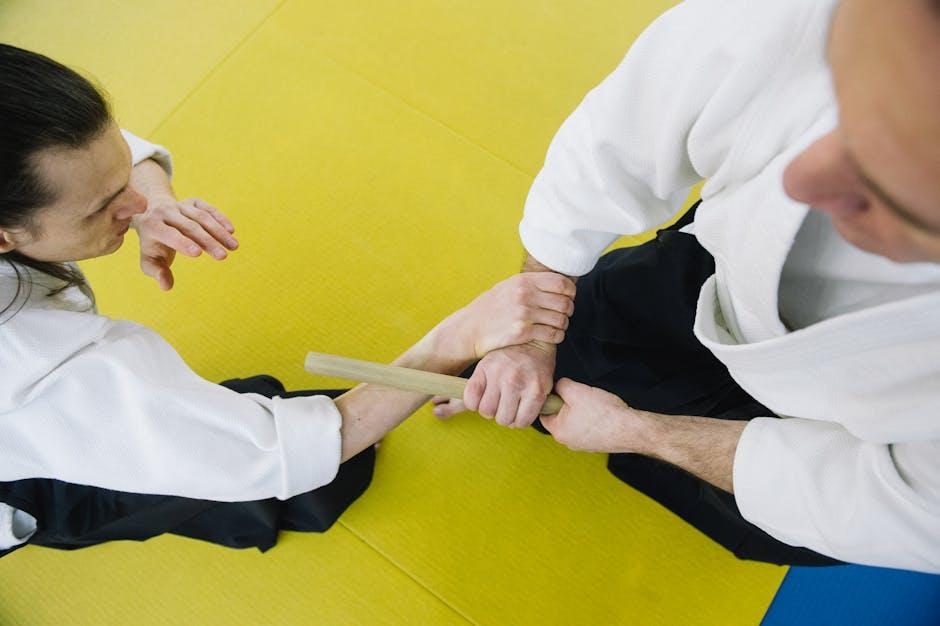
creating a Fun and Engaging Training Environment
When it comes to training your pup, creating an enjoyable environment can elevate the experience for both you and your furry friend. Here are some fun ways to make your training sessions engaging:
- Use Positive Reinforcement: Reward your dog with treats, praise, or toys whenever they accomplish a task. The more you celebrate their successes, the more motivated they'll be!
- Incorporate Playtime: Mix training with playtime. After practicing commands, let your pup enjoy some fun, like a game of fetch or tug-of-war.
- change Locations: Keep things fresh by training in different areas of your home or even outside. New environments can stimulate your dog’s curiosity and keep them engaged.
Another way to enhance the training atmosphere is to be energetic and animated yourself. Dogs pick up on the energy of their humans, so if you’re excited, they’ll be excited too! Here’s how you can amplify that positive vibe:
- Use Your Voice: Vary your tone to express excitement or encouragement. An upbeat voice can make commands sound fun!
- Create a Training Schedule: Consistency is key, but it doesn't need to be boring. set a fun theme for each week—like “Trick Week” or “Command Challenge Week.”
- Invite Friends: make training a social affair. Have friends come over with their dogs for group training sessions. It’s not only fun but also provides real-world distractions!
Q&A
Q&A: Mastering Pup Training at Home: Tips for Success!
Q: What's the best age to start training my puppy?
A: You can actually start training your puppy as soon as you bring them home! The sweet spot is around 8 weeks when they’re curious, eager to learn, and full of puppy energy. But don’t worry if you didn’t start that early; older puppies and even adult dogs can still learn new tricks—just be patient and consistent!
Q: What’s the first command I should teach my pup?
A: “Sit” is a classic starter command! It’s super simple and lays the groundwork for other training. Plus, it’s handy in everyday situations—like when you want some peace at the door or for a treat. Just remember to reward your pup with praise,treats,or playtime when they get it right!
Q: How long should I train my pup each day?
A: Short and sweet is the name of the game! Aim for a few 5-10 minute sessions throughout the day. Puppies have short attention spans, so it’s better to keep things fun and engaging instead of overwhelming them with long sessions. Plus, little bits of training throughout the day create lots of good bonding moments!
Q: What are some fun ways to motivate my pup during training?
A: Treats, toys, and praise are your best pals! Use high-value treats that your puppy loves to keep them interested.You can also incorporate toys or their favourite games into training to keep it lively. and don’t forget the power of a loving pat and excited praise—you’d be surprised how much that can motivate a pup!
Q: My puppy gets easily distracted. How can I help them focus?
A: First things first—pick a quiet space for training where there aren’t too many distractions. If your pup is still a little scatterbrained,starting with training in a calm environment can really help. And if they get distracted, gently guide them back and refocus with treats or toys. Just be patient and keep it positive!
Q: How do I handle accidents during potty training?
A: Oops happens! First, take a deep breath—it’s a normal part of the process. If you catch them in the act, calmly interrupt and take them outside to finish. If they’ve already had an accident, just clean it up without scolding them. And remember to reward them when they go outside so they start to connect the dots!
Q: What’s your #1 tip for training success at home?
A: Consistency is key! Use the same commands, rewards, and routines every time. Make training a part of your daily life, and celebrate every little success.Oh, and don’t forget to have fun—your pup can sense when you’re enjoying yourself, and that enthusiasm will be contagious!
Q: How can I tell if my pup is truly understanding the commands?
A: Watch for those “light bulb” moments! Your pup might start responding to commands without needing treats, or they may look at you with those eager eyes when they think training is about to happen. If they’re consistently following commands during your sessions, it’s a great sign they’re getting it!
So there you have it! Whether you’re just starting out or looking to refine your pup’s skills, remember that training can be an enjoyable experience for both of you. Keep the energy up, stay positive, and enjoy the journey of mastering pup training at home! 🐾
Key Takeaways
And there you have it, friends! Mastering pup training at home is totally within your reach with a bit of patience and plenty of love. Remember, every pup is unique, so tailor your approach to fit their personality and needs.Before you know it, you’ll have a well-behaved furry companion who’s not just well-trained but also a joy to be around.So grab those treats, don your training hat (or a comfy pair of sweats!), and get started on your training adventures. It’s all about the journey, and there will be plenty of tail wags and happy barks along the way! If you found these tips helpful, share your own training stories or ask any burning questions in the comments below – we’re all in this together! Happy training! 🐾❤️
